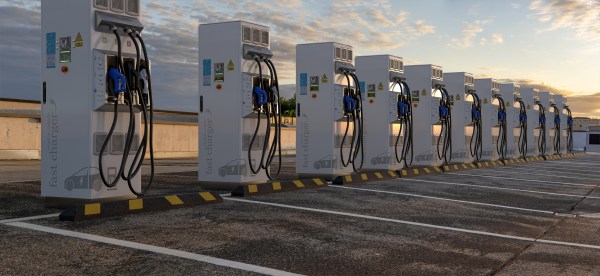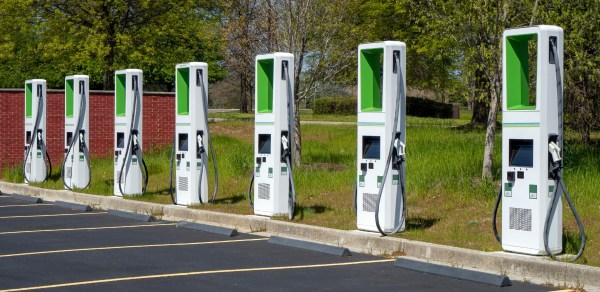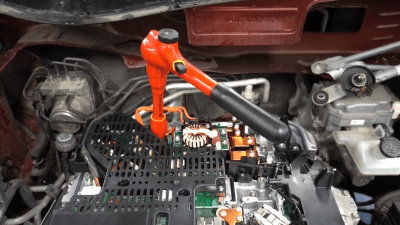Charging an EV currently means making sure you find a station with the right plug. SAE International has now published what could be the end to the mishmash of standards in North America with the J3400 North American Charging Standard.
The SAE J3400TM North American Charging Standard (NACS) Electric Vehicle Coupler Technical Information Report (TIR), which just rolls off the tongue, details the standard formerly only available on Tesla vehicles. We previously talked about the avalanche of support from other automakers this year for the connector, and now that the independent SAE standard has come through, the only major holdout is Stellantis.
Among the advantages of the NACS standard over the Combined Charging System (CCS) or CHAdeMO is a smaller number of conductors given the plug’s ability to carry DC or AC over the same wires. Another benefit is the standard using 277 V which means that three separate Level 2 chargers can be placed on a single 3-phase commercial line with no additional step down required. Street parkers can also rejoice, as the standard includes provisions for lampost-based charger installations with a charge receptacle plug instead of the attached cable required by J1772 which leads to maintenance, clutter, and ADA concerns.
Now that J3400/NACS is no longer under the purview of a single company, the Federal Highway Administration has announced that it will be looking into amending the requirements for federal charger installation subsidies. Current rules require CCS plugs be part of the installation to qualify for funds from the Bipartisan Infrastructure Bill.
If you want to see how to spice up charging an EV at home, how about this charging robot or maybe try fast charging an e-bike from an electric car plug?















